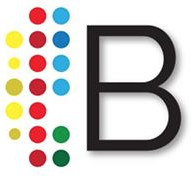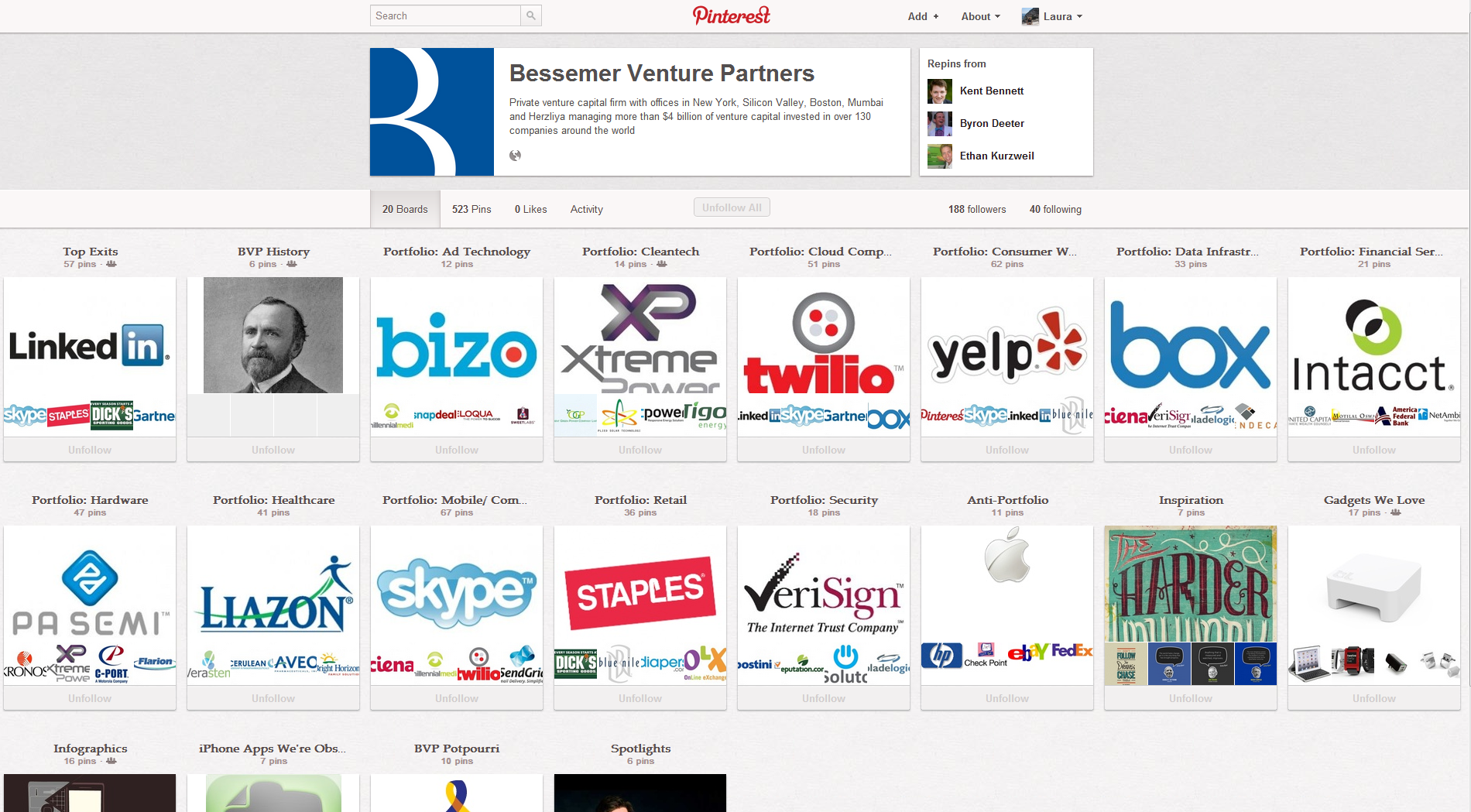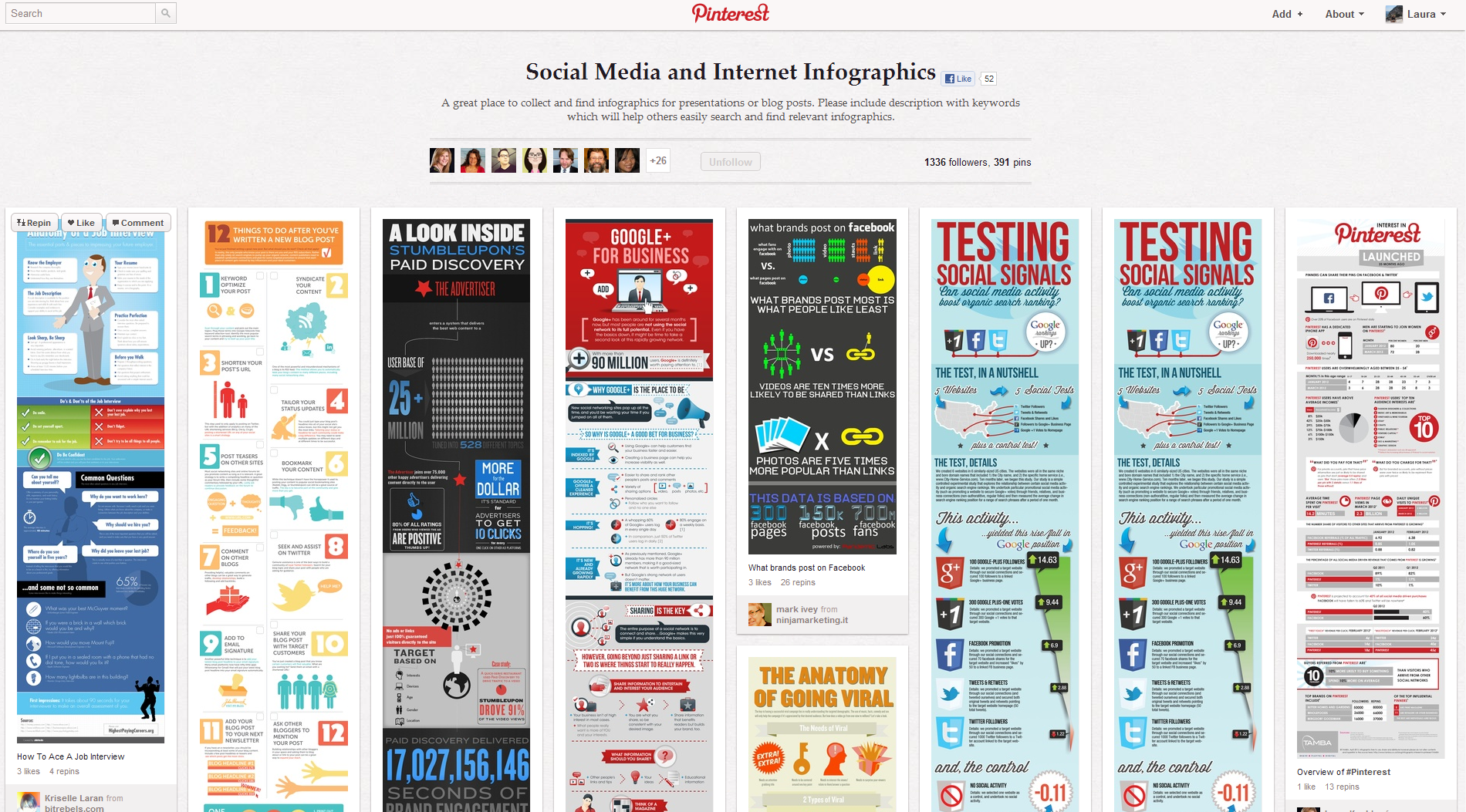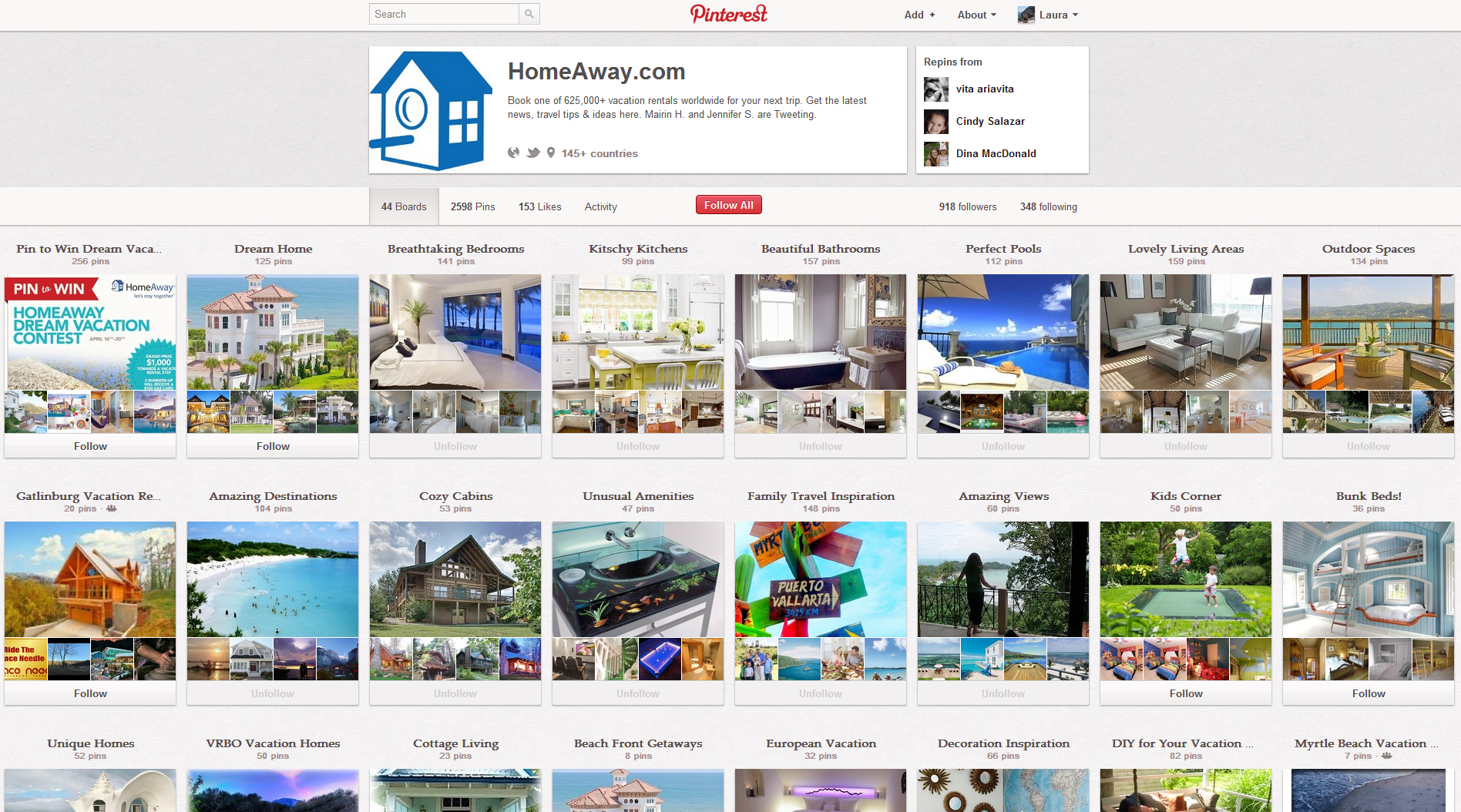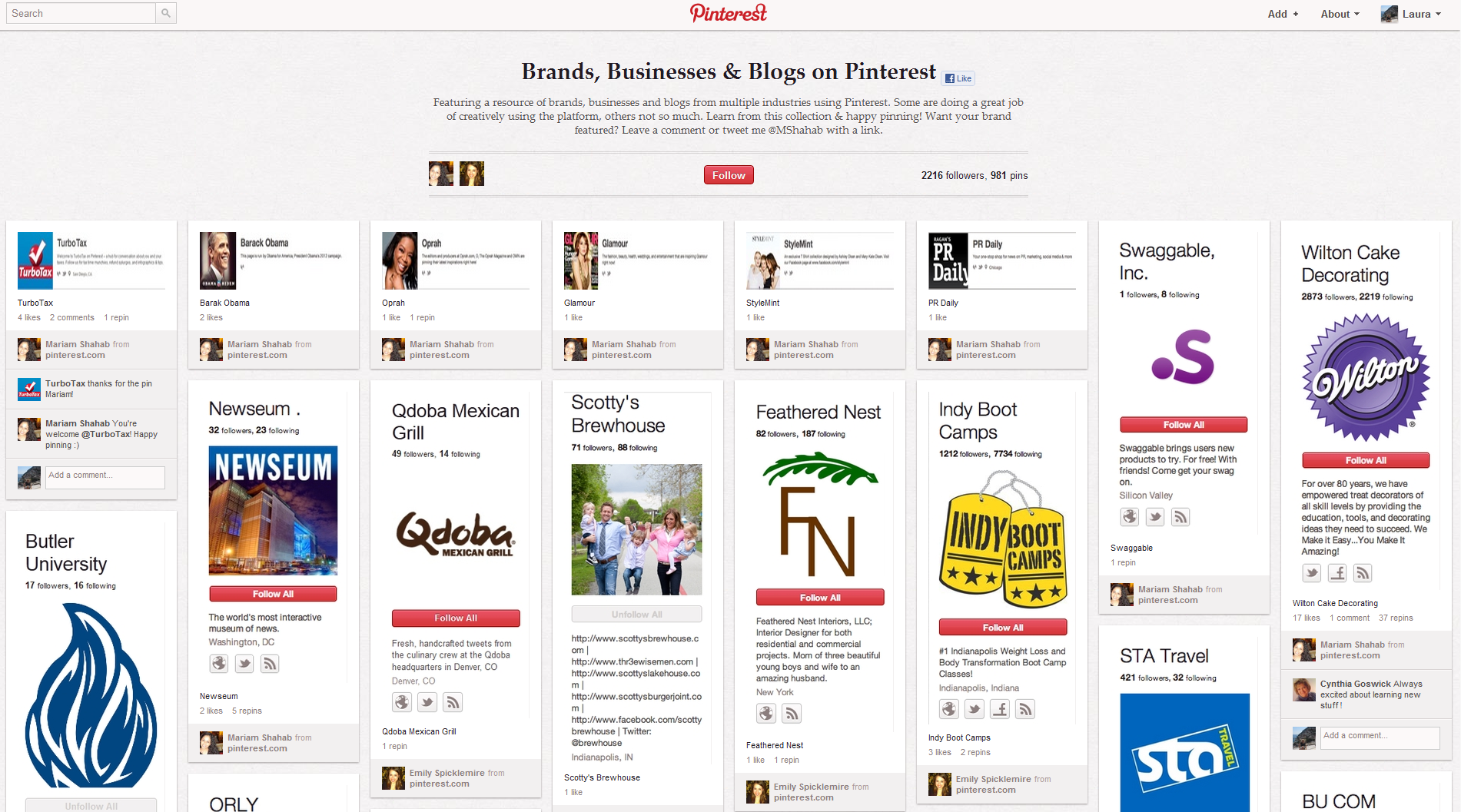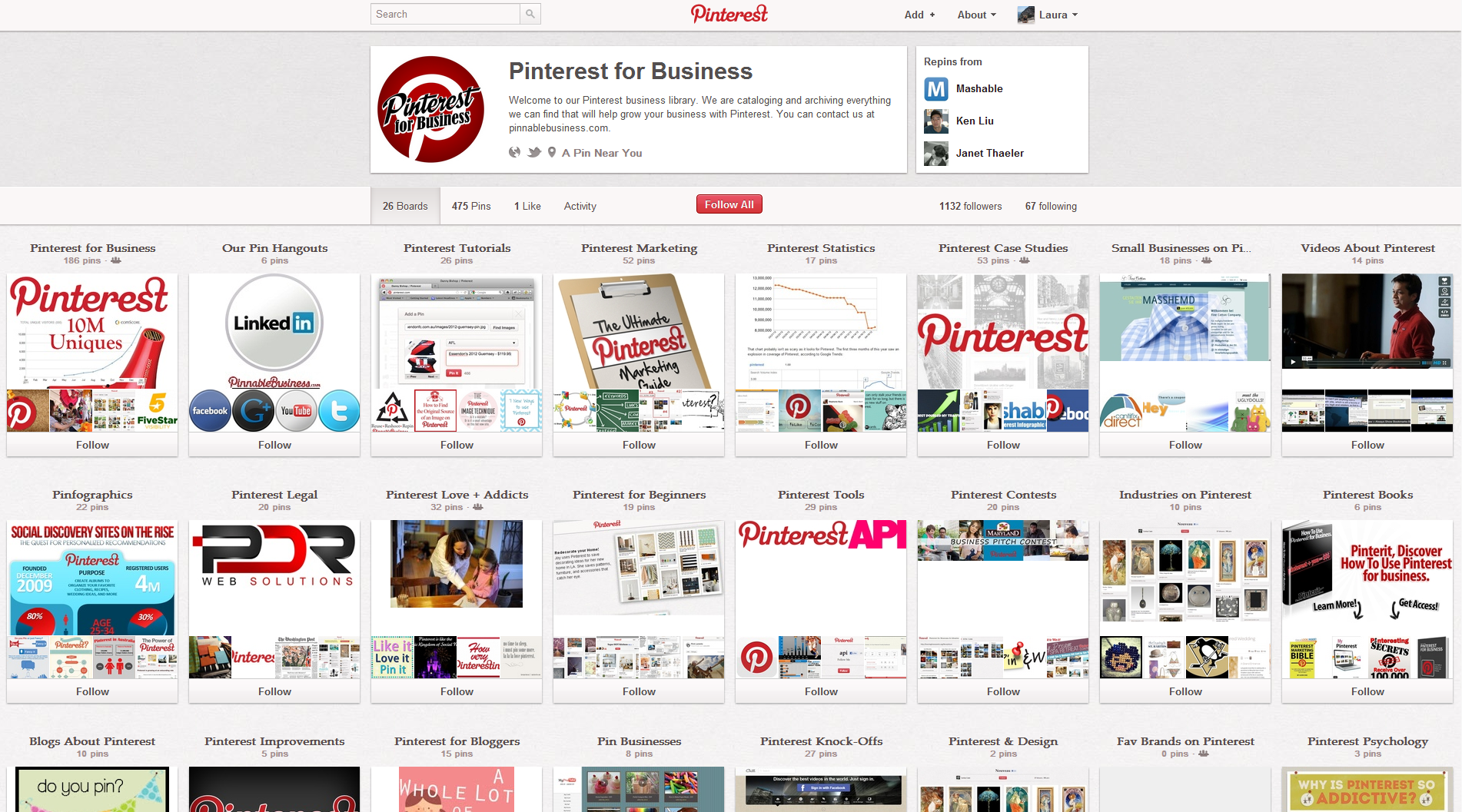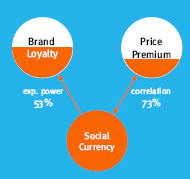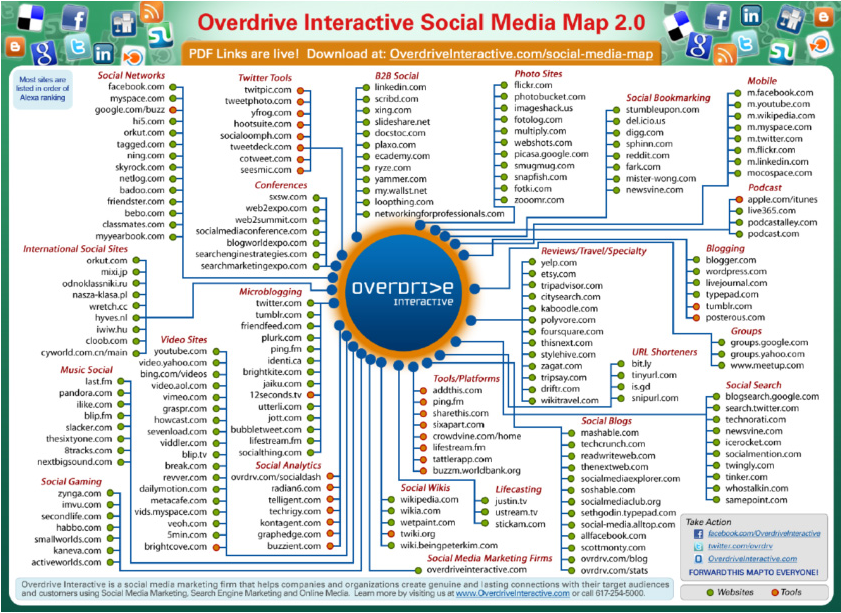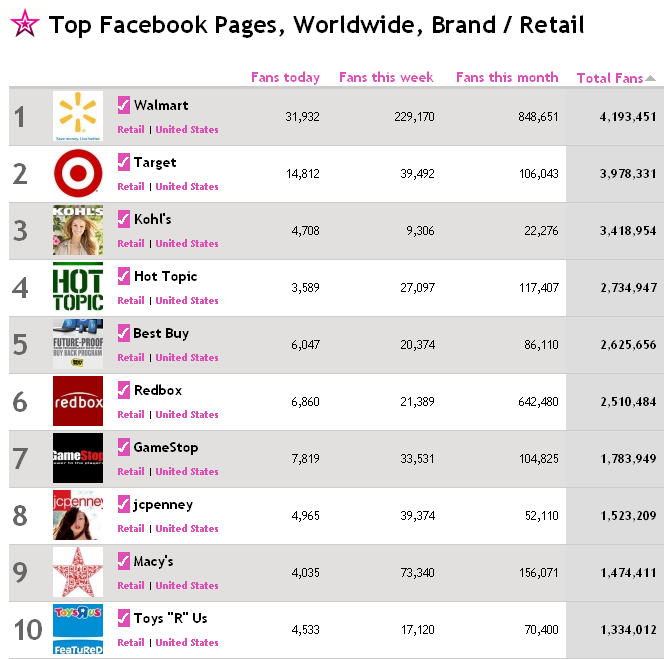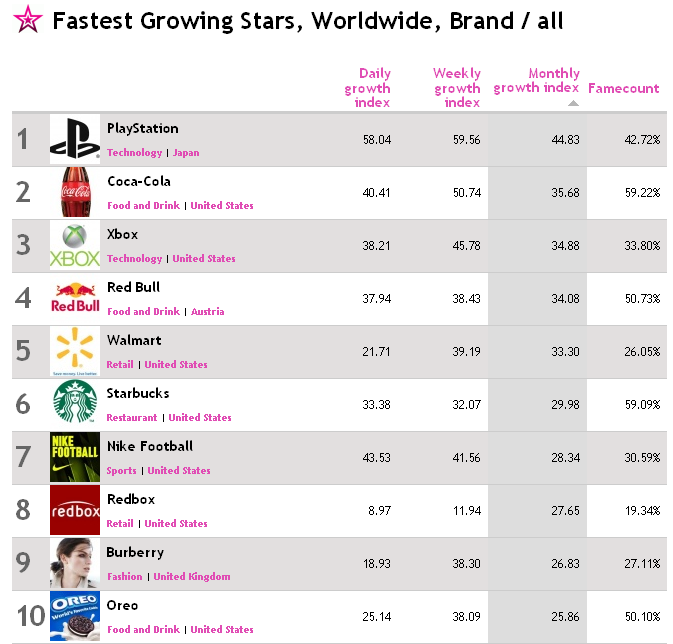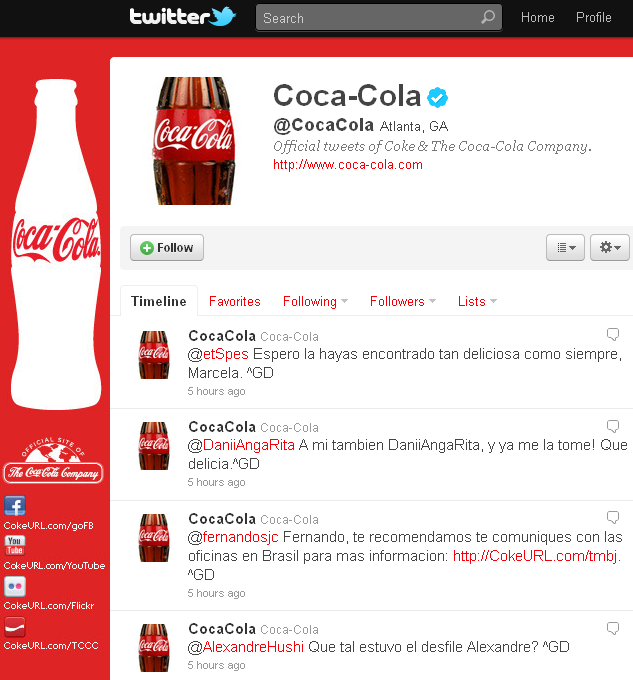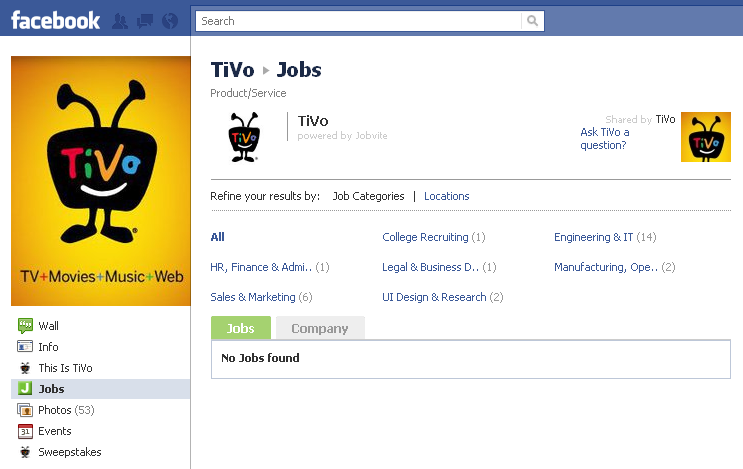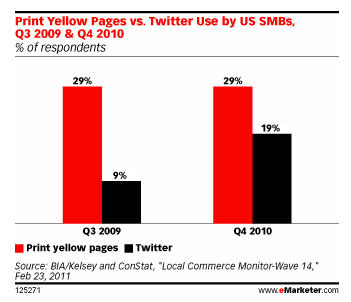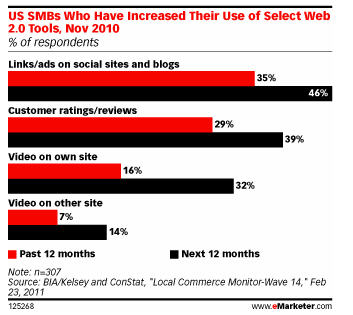Guy Kawasaki was the keynote speaker at the SLA 2012 conference in Chicago this week. Guy is the former chief evangelist of Apple -- he was one of the original marketers of the Macintosh. He is a venture capitalist and now the co-founder of of the news site Alltop.com. I was among the thousands of information professionals that got to hear Guy tell us what it takes to really enchant. Will you only fly Virgin? Do you tell all your friends how Apple has changed your life? That is enchantment! Kawasaki's new book Enchantment: The Art of Changing Hearts, Minds, and Actions is about how you can have that same effect on others. Whether you are an entrepreneur with a new idea, trying to get your dream job, convincing someone to write a check to your favorite charity, or selling the services of your library, you can use the power of enchantment.
It's not the same as being enchanted by Guy Kawasaki live and in person, but you can see him on YouTube and you can find his Enchantment PowerPoint deck on Slideshare.
